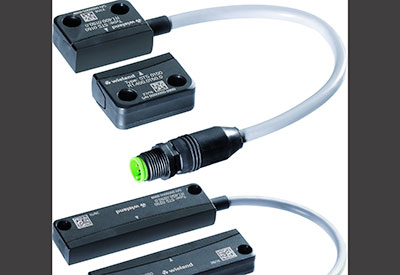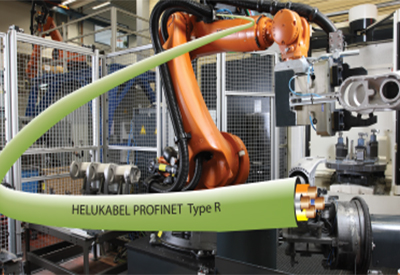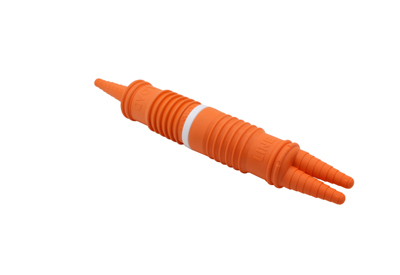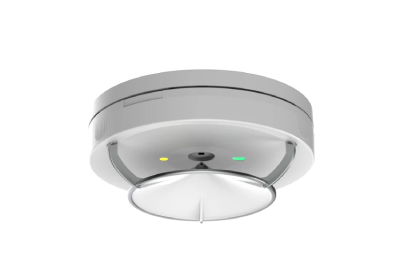Wieland Electric Adds RFID Switches to its Safety Sensor Portfolio

June 31 2016
Wieland Electric Inc. has expanded its family of sensorPRO contactless safety switches with a range of new RFID-coded sensors that provide flexible protection against unauthorized access or manipulation for machine operators and equipment.
The new RFID-enabled STS Series safety switches are available in three coding options:
• unique, which exclusively accepts input signals from its factory-paired actuator
• fully-coded, which can be programmed to accept input from a specific STS actuator
• coded, which can accept input from any STS actuator
The STS Series safety switches are high-reliability, contactless devices that can be employed as stand-alone safety switches or wired in series (cascaded) in sets of up to 30 sensors, while maintaining PLe / Category 4 safety ratings. They are capable of actuation in five different operator-definable directions of approach with actuating distances of 8mm, providing machine design engineers with the flexibility to use the switches even when the device that requires monitoring has large mechanical tolerances, or is removable, rotatable, or moves sideways. The switches are also rated for IP69K (IP6K9K) protection for use in harsh environmental conditions, including high pressure and high temperature wash-down applications.
“The new STS Series RFID-enabled switches are a welcome addition to our safety solutions. The various coding options allow machine design engineers to achieve enhanced safety, tamper resistance, and compliance with the new ISO 14119 coding level requirements,” says Martin Lalonde, Application Engineer at Wieland Electric. “They can be monitored with conventional safety controllers or own their own, thanks to their integrated, stand-alone control logic with an integrated reset/EDM input and sizeable 400mA short-circuit-proof OSSD outputs.”
Available in two different, flush-mountable housing sizes — STS 01xx (36mm x 26mm x 13mm) and STS 02xx (88mm x 25mm x 13mm) — with standard M12 connectors or pre-wired cables, STS Series safety switches are rated for 24Vdc input voltage, and feature two OSSD (output signal switching device) output circuits rated for 400mA, and a 50mA diagnostic circuit. Each device also features two safety input circuits, and can be configured for external device monitoring (EDM) input for both manual and automatic start. A three-colour LED display provides extensive visual diagnostic capabilities. The switches are rated for operation between -25°C and +70°C (+60°C for UL), and carry cULus and TÜV approvals.
Find out more: www.wieland-safety.com/RFID.










![Guide to the Canadian Electrical Code, Part 1[i], 26th Edition – A Road Map: Section 10 – Grounding and Bonding](https://electricalindustry.ca/wp-content/uploads/2022/11/Guide-CE-Code-2.png)





